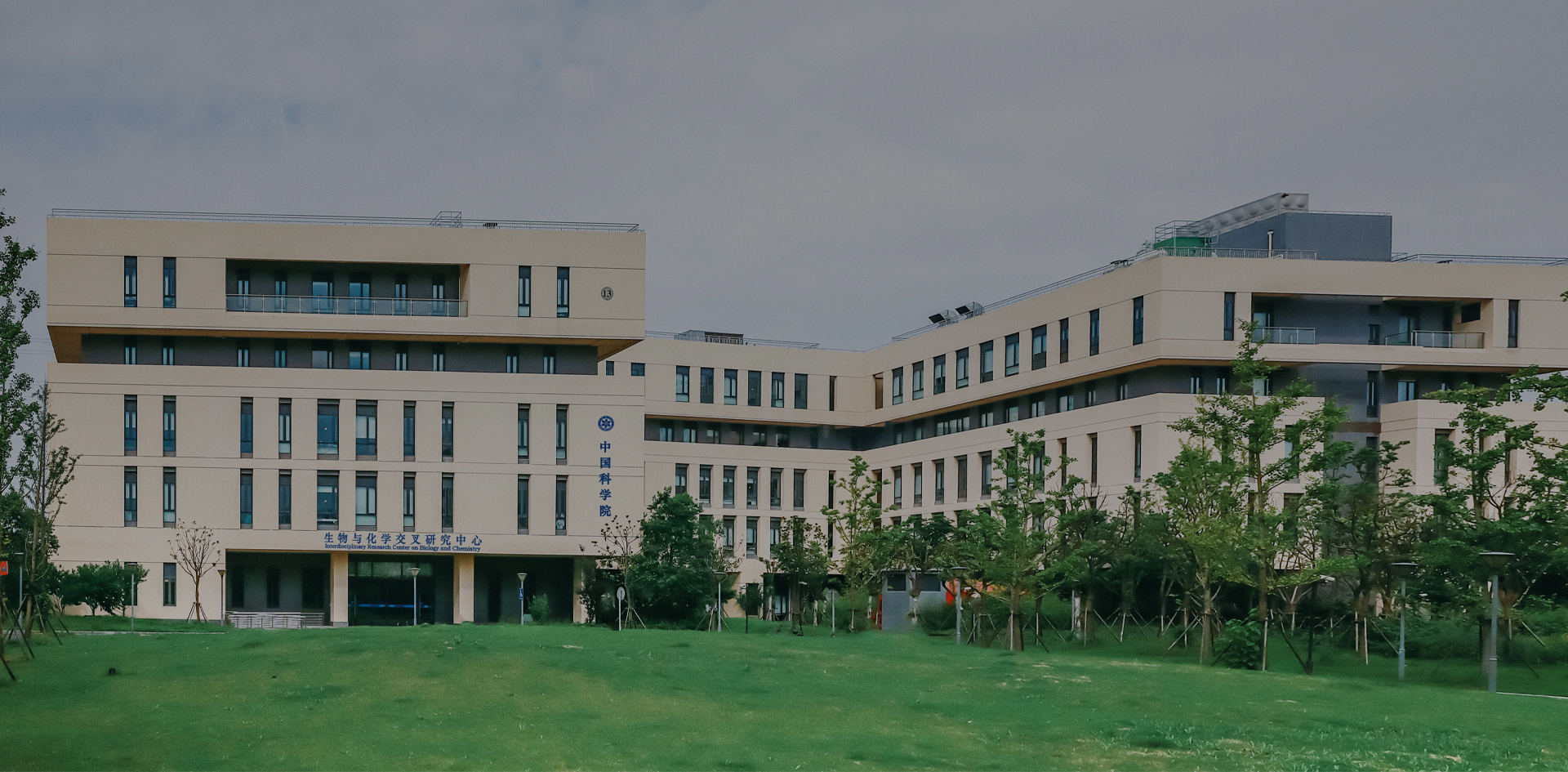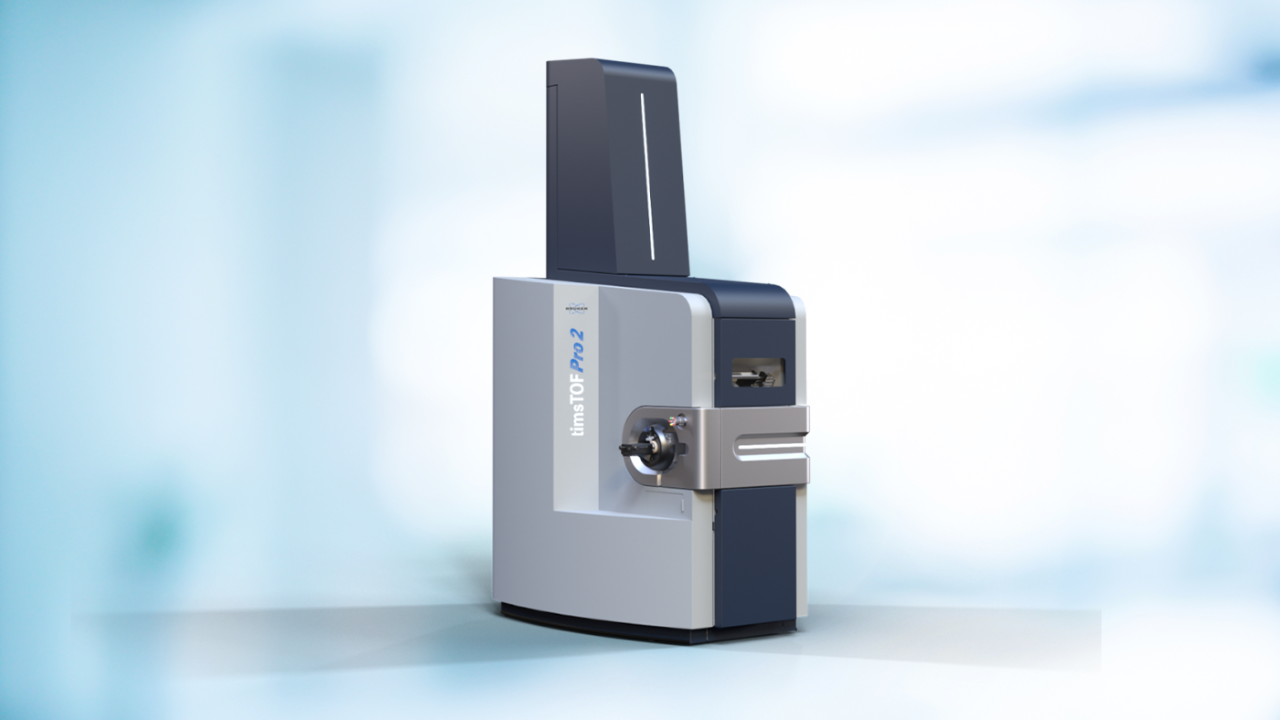

Understanding metabolic phenotyping of disease using IM-MS
Introduction
The research of Dr. Zheng-Jiang Zhu and his team has led to recent breakthroughs to advance the field of metabolomics. Since purchasing Bruker’s timsTOF Pro in 2020, the team have used the robust technology in metabolic phenotyping of various challenging diseases, mainly focusing on neurodegenerative diseases such as Alzheimer’s and Parkinson’s.
Dr. Zheng-Jiang Zhu, Principal Investigator, China Academy of Sciences, and Director, Metabolomics Research Center, and his researchers focus on understanding metabolic remodeling during aging and metabolism regulation of aging-related diseases.
The Zhu Laboratory uses mass spectrometry (MS) metabolomics technologies, including liquid chromatograpy (LC)-MS techniques, the metabolite spectral database and data processing software. The team is also exploring new techniques such as data-independent acquisition (DIA) and ion mobility spectrometry (IMS)-MS for metabolomics and lipidomics which allows the expansion of research into various challenging diseases.Dr. Zheng-Jiang Zhu, Principal Investigator and Director of Metabolomics Research Center of Interdisciplinary Research Center on Biology and Chemistry in CAS
Metabolomics research in aging-related diseases
Reliable identification of metabolites is one of the biggest challenges in metabolomics research, as the chemical similarity of isomers and isobars makes it difficult to ensure proper data interpretation.
Scientists at the Zhu Laboratory have therefore developed new metabolomic techniques using IMS-MS instrumentation and acquired the Bruker timsTOF Pro to improve metabolite identification. The use of IMS-MS in non-targeted metabolomics is shown to improve the separation of metabolite isomers and generation of multidimensional data to support metabolite identification.
Achieving a comprehensive study of metabolites at the system level provides a holistic view of the challenging questions associated with aging-related disease. Furthermore, the team’s discovery of biomarkers for diseases suggests that metabolites are decreasing with age in animal models, so supplementing those metabolites may slow the aging process. The datasets demand high-throughput metabolomics to transition into clinical settings.
Significantly improving capabilities in high-throughput metabolomics with the Bruker timsTOF Pro
The Bruker timsTOF Pro uses trapped ion mobility spectrometry (TIMS) to reproducibly measure the collisional cross section (CCS) values for all detected ions. In addition, the novel parallel accumulation-serial fragmentation (PASEF®) acquisition method allows the ions to be accounted for in the front section, while ions in the rear section are simultaneously released depending on their mobility. With the Bruker timsTOF Pro, Dr. Zhu’s team is able to analyze hundreds of samples per day in just 12 minutes per sample. The timsTOF Pro 2 is set to halve that to six minutes per sample, potentially pushing to as fast as two minutes per sample.
A step towards clinical settings
The timsTOF Pro at the Zhu Laboratory has demonstrated improved IMS-MS performance and facilitated new possibilities for metabolomics research. Currently the team is in close contact with hospitals in Shanghai to obtain samples to test for metabolomic differences in patients with specific conditions or diseases, which in turn could lead to improved treatments resulting in better metabolic health. The team believes that the combination of IMS-MS with automatic sample preparation and injection technologies will enable large-scale metabolomics in clinical settings, leading to improved treatments such as personalized medicine.
The research interests of Dr. Zhu and his team at the Zhu Laboratory offer exciting possibilities for metabolomics.The goal is to see a shift from traditional uses of metabolomics to other applications, with the expectation that new fields will emerge.
For Research Use Only. Not for use in clinical diagnostic procedures.



